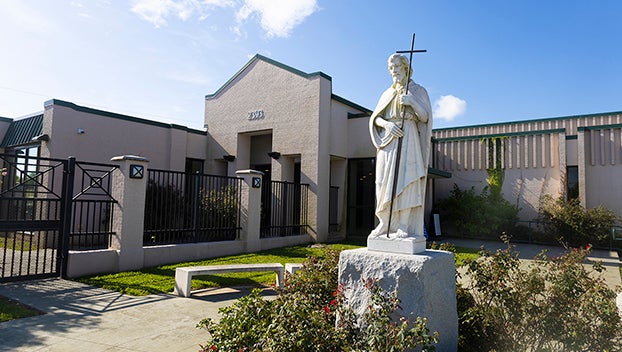St. James School Board gets taste of new menu
Published 12:00 am Saturday, August 18, 2012
By David Vitrano
L’Observateur
LUTCHER – The new menu being served to students in school cafeterias this year left a bad taste in the mouths of several members of the St. James Parish School Board when they learned of the changes Tuesday.
The new meal requirements, set by the USDA, represent a “drastic change,” according to Administrative Director of Student Services Gaynell Albert. The changes came in response to the childhood obesity epidemic and First Lady Michelle Obama’s initiative related to quelling the situation.
Under the new system, food is divided in to five categories — meat/meat alternate, milk, grains/bread, vegetable and fruit. Last year fruits and vegetables were combined into a single category.
Under the new plan serving per week of each particular group are strictly outlined, and students must include at least one serving of fruit or vegetables with each meal. Furthermore, the types of vegetables that can be served are also strictly outlined. It was this along with the fact that only fat-free milk will be offered that drew the biggest groan from board members, who fear the new guidelines will only increase the amount of food wasted in school cafeterias.
“It’s a big challenge,” said consultant Vivian Landry. “This is a big change. It’s been challenging to prepare menus that meet the requirements and are appealing to the students.”
The new guidelines additionally reduce the amount of grains and meat or meat alternates required weekly.
“I wanted the board to be well aware of this,” said Superintendent Alonzo Luce.
Another change coming to school cafeteria is the way students will be allowed to pay for their meals. For the first time ever cafeterias in the schools of St. James Parish will be equipped with biometric finger scanners, and students will be able to pay for their meals with a swipe of the finger. Because of privacy issues involved, however, parents can opt out of the finger scanning although Technology Director Robert Logan said the device does not actually read a student’s fingerprint but instead scans the fingertip for three specific points that hold defining characteristics. Logan added that because students are still growing, they will likely have to be scanned a few time throughout their schooling.
Letters notifying parents they can opt out of the finger scan went out earlier this week.





